The 1950s and 1960s were the heyday of amusement parks on Long Island, where acres of open space could be transformed into candy-colored paradises promising thrills, chills and fun for the post-World War II generation. As the Baby Boom peaked, “everyone’s moving out to the suburbs, and looking for family entertainment that’s close to home, inexpensive and has a community kind of feel,” said Marisa L. Berman, 39, of Massapequa, author of “Historic Amusement Parks of Long Island: 118 Miles of Memories” (The History Press 2015). Here are Long Islanders’ memories of 10 parks that once offered a few hour’s escape from work and school.
Nunley’s Amusement Park
Where it was
Sunrise Highway, Baldwin
Attractions
Nunley’s calliope was a siren song for kids who wanted to spend a carefree day at a neighborhood park.
It was so popular that “kids in cars would erupt when their parents drove by” its building on Sunrise Highway at the Freeport/Baldwin line, said Berman, who grew up in Oceanside.
For younger children, the big draw was the whirling Stein and Goldstein carousel, with its booming calliope and brass rings promising a free ride, but almost always tantalizingly out of reach.
Nunley’s also boasted a boat ride, a roller coaster, hot rods on a motorized track and a Ferris wheel circling to a bird’s-eye view of the park below.
Leona Gagliardi, 62, of Brentwood, said that as a Freeport student she spent 45-minute breaks at Nunley’s restaurant, which was on the other side of the high school fence. “They made the best pizza in the world; it came out with the brown crispy bubbles on top,” Gagliardi said. “And their hot dogs were great, with one half relish and one half sauerkraut.”
Gagliardi recalls having her future revealed by “the gypsy grandmother fortuneteller behind the big glass case.” She played arcade skeeball for 10 cents a game in the arcade and won a free ride on the carousel. Said Gagliardi: “I still have one of the brass rings.”
Why it closed
The trio of brothers that owned the park closed it in 1995, and retired. The carousel was restored and moved to Museum Row in Garden City.
What’s there now
A Pep Boys auto store
Nunley’s Happyland / Smiley’s Happyland (Jolly Rogers Restaurant)
Where it was
Hempstead Turnpike and Hicksville Road, Bethpage
Attractions
Patrons called it Jolly Rogers, but that was actually the name of the on-site restaurant serving fries and burgers scarfed down between riding Nunley’s wet boats, fire engine or Hodges hand cars, or testing your hand-eye coordination at 200 arcade games and mini-golf.
“The greatest gift my parents could give us was a day there,” recalled Rachel Zampino of Port Washington, who grew up in Wantagh in the 1960s. “When I was finally brave enough and tall enough to ride the brand-new roller coaster, the Mighty Mouse — I had watched it being built, but it was for the big kids — what an accomplishment!”
Allison Caveglia Barash, 63, of Pittsburgh, grew up in Levittown. Barash is a self-described history buff who “appreciated the penny arcade … where you could turn the crank and watch a short film from the early 1900s.” Her other go-to: “the shooting gallery where my dad, a World War II vet, taught me how to shoot.” But Nunley’s sugary, pink cotton candy was the biggest treat for Deb Scheer, 64, of Centennial, Colorado, who grew up in Wantagh. “Every time we went, I had to have it,” Scheer said.
Why it closed
The fun ended in 1978, with the owners citing, among other causes, rising operating costs and competition from fast-food restaurants, according to Berman.
What’s there now
A strip mall
Lollipop Farm
Where it was
Jericho Turnpike (Route 25), Syosset
Attractions
By the 1950s, New York children were apparently so clueless about farm life that when surveys asked them where milk came from, they invariably answered, “the milk man,” according to Berman.
Lollipop Farm, a 4-acre kiddie park and petting zoo carved out of the Jackson family’s former farm and stagecoach stop, sought to end this udder confusion. Named for its resident goat mascot, and known for handing lollipops out to visiting youngsters, Lollipop Farm became a quintessential class field trip.
“It was great because you could still see the old Jackson [farm] ice house,” where ice was stored after it was cut from the adjacent pond, said Gary Hammond, 69, of Wantagh, a retired Nassau County Museums registrar, who visited on a field trip while he was a Farmingdale elementary school student.
The farm was stocked with “young, tame domestic animals and fowl,” according to a brochure in Hammond’s collection. The favorite area was a children’s zoo where piglets, lambs, calves, kids and other animals lived in miniature houses and could be fed and petted by children.
Rides were offered on ponies, in a donkey cart and on a well-remembered mini-train.
Michael Kornfeld, 62, of Huntington, said, “I fondly remember riding the train,” a kid-sized, gas-powered locomotive that rode the park grounds. Kornfeld added that “those memories were rekindled eight years ago as I watched another generation of children ride the Lollipop Farm train during a pickle festival at the John Gardiner Farm in Huntington.”
Why it closed
In 1967, owners Harry and Alice Sweeney retired and moved to Pennsylvania. One of the park trains was restored by the Greenlawn-Centerport Historical Association and runs Saturdays at the John Gardiner Farm in Huntington.
What’s there now
A DSW Designer Shoe Warehouse store and the offices of David Lerner Associates.
Dodge City
Where it was
Sunrise Highway and Waverly Avenue, Patchogue
Attractions
When the Dodge City amusement park opened in the late 1950s, Westerns were riding high on TV and in the movies. It was set in the same city as “Gunsmoke,” the horse opera just beginning its 20-year run on CBS.
Long Island’s Dodge City sought to transport kids to the Old West with its movie set-style saloon, dry goods store, barbershop, jail and bank — the latter held up daily by Jesse James, Belle Starr and their notorious outlaw gang. On any given day the dust would be stirred up by rodeos, shootouts or a stagecoach getaway.
Jane Owen, who grew up in Brentwood, played outlaw Belle Starr in the holdup re-enactments, said her granddaughter, Noel Chaney, 54, of Meadows of Dan, Virginia.
“My grandmother loved that place because she felt like a movie star,” said Chaney, who was born in Glen Cove and moved to Virginia with her family when she was a child. Grandma Jane told tales of a cowboy whose tricks included making his horse rear up on its hind legs, Chaney said. She still has Belle Starr costumes worn by her grandmother, who died about a decade ago at age 103.
Why it closed
Dodge City closed in the 1960s when Western shows were in decline. Its buildings were sold to nearby farms or relocated to Mastic Beach and Center Moriches, according to Berman.
What’s there now
A section of the Sunrise Highway service road.
Spaceland
Where it was
Inside a Roosevelt Field airport hangar on Old Country Road, Carle Place
Attractions
As the Space Age took off, kids with stars in their eyes could imagine they were blasting off into the wild blue yonder at this cavernous amusement center.
Gary Monti, 69, of Westbury, recalled going to Spaceland with his mother, aunt and cousins in 1959, a year after the park opened in the heat of the space race. “It was right after Sputnik 1 [the first artificial satellite launched into earth orbit by the USSR] in 1957 and about the time NASA announced the Mercury astronauts,” Monti recalled recently.
Although only 7 years old on the day of his visit, Monti still remembers Spaceland vividly. “It was a big open hangar with a series of things to climb on, slide down and look at, and of course they had a big concessionary area.” His favorite stop, though, was a spaceship slide.
“You would climb up the stairs and go into a rocket ship, look out at your parents, and then slide down,” Monti said.
Monti, a lifelong aviation buff who grew up to be the director of museum operations for 26 years at the Cradle of Aviation Museum in Garden City, says he eventually “got to hang out” with original Mercury 7 astronauts Wally Schirra and Scott Carpenter.
Monti, who retired in 2020, and currently is the volunteer Westbury village historian, admits Spaceland “was kind of primitive compared to modern amusement park standards.” But aboard Spaceland’s spaceship, he says, “I felt like I was John Glenn.”
Why it closed
Spaceland was tangled in a stock fraud scandal in 1959, closed the following year, and the hangar later housed a film studio and “Murray the K’s World, ” a nightclub run by the legendary New York disc jockey, Berman said. The hangar was demolished.
What’s there now
An AT&T Store
Frank’s Buck’s Jungle Camp/Massapequa Zoo and Kiddie Park
Where it was
Sunrise Highway, Massapequa
Attractions
Frank Buck was the Jack Hanna of his day, an author, screen star and 1930s household name famed for capturing exotic animals and “bringing them back alive” for exhibition at U.S. zoos and circuses.
Buck’s exotic menagerie became a Long Island attraction after he moved his exhibition in 1934 from the Chicago World’s Fair to Massapequa, where a 40-acre camp housed lions, elephants, tigers, reptiles and some very independent monkeys.
The animals “were constantly escaping,” Berman said. Mostly famously, in 1935 150 of the 570 Monkey Mountain denizens crossed a moat on a plank accidentally left behind by a worker (Buck was on a trip to the Far East). The monkeys invaded the camp and ran down Sunrise Highway, causing havoc until they were captured and returned to their artificial mountain home.
Hammond remembers visiting the Massapequa Zoo and Kiddie Park, which took over the camp in the 1950s, adding rides and tamer animals that kids could hand feed. Hammond recalls the then still standing Monkey Mountain as a “concrete, brownish, tall, sculpted structure with a pit like a moat and a machine where you could buy food to feed the monkeys.”
Why it closed
The jungle camp closed because of a shortage of gasoline, bananas and other vital zoo resources during World War II; Buck died of lung cancer in 1950. The zoo closed in 1965, its owners citing high property taxes as the reason.
What’s there now
Sunrise Mall. A historical plaque marks the zoo’s former location.
FAIRYLAND AT HARVEY’S
Where it was
East Jericho Turnpike and Elwood Road, Elwood
Attractions
This smaller version of Brooklyn’s popular Fairyland featured a Ferris wheel, carousel, train, arcade and a miniature golf course, according to Berman.
Why it closed
The owners closed the park after a child fell to her death from the Ferris wheel in 1964.
What’s there now
A gas station
Fairytown, USA
Where it was
Jericho Turnpike, Middle Island
Attractions
Possibly the next best thing to meeting Mickey Mouse? Hanging out with Jack and the Beanstalk, Little Miss Muffet, and the Three Little Pigs at this 28-acre storybook village featuring 12 fairy-tale structures.
“As a girl, I visited Fairytown with my family,” said Gail Lynch-Bailey, 65, of Middle Island. “I remember feeling like we were walking through a living book of nursery rhymes. It was an enchanting place.”
Hammond said that on childhood visits he was most impressed by The Old Woman Who Lived in a Shoe exhibit, an 18-foot-tall, boot-shaped house where a live “old lady” beckoned kids inside.
Fairytown could also be “pretty tacky” and “strictly fake,” with mannequins among the human actors, Hammond recalled.
Toward the end of Fairytown’s eight-year twinkle, Hammond said, “Martians and a spaceship were added to bring it up to date.”
Why it closed
The park apparently closed around 1963, for reasons lost to history, according to Berman.
What’s there now
An empty lot where a Kmart was demolished a few years ago.
Frontier City
Where it was
Route 110, Amityville
Attractions
Like a dusty Western Brigadoon, this cowboy-themed park opened in 1959, but quickly disappeared the following year into the dust bin of amusement park history.
Touted as being open “From High Noon to Sunset,” it was where kids could pretend to be real cowboys roaming a dusty small town with a trading post, sheriff’s office, a corral and Boot Hill cemetery, Berman said.
Surrounded by costumed “cowboys and Indians,” a visitor could chase rustlers as a marshal’s deputy, join a shootout at the local “OK Corral” and attend a Boot Hill outlaw funeral. The trading post sold moccasins and cowboy hats for the ride home in the family wagon.
Why it closed
The decline in popularity of Westerns sent Frontier City to Boot Hill in 1960, according to Berman.
What’s there now
A luxury apartment complex recently replaced the appropriately-named Frontier Mobile Home Park that had been on this spot for decades.
Sports Plus
Where it was
110 New Moriches Rd., Lake Grove
Attractions
For the Millennial generation, Sports Plus, which opened in 1996, was the place to play on weekends or attend a birthday party.
“They had an epic laser tag,” recalled Long Island historian Christopher Verga, 40, of Bay Shore, author of “World War II Long Island: The Homefront in Nassau and Suffolk” (The History Press, 2021). “When you walked in everything was glowing with black lights, and you wore a vest with a target on your chest that lit up when you got shot,” Verga recalled. As a 12-year-old, though, he was often out-lased by older players. “I thought I was bad and then — boom! — I was done — but it was still fun.”
The $32 million family entertainment center’s 169,000-square-foot play area encompassed separate video game arcades for young children and teens, a rock climbing wall, a National Hockey League regulation-size ice rink, a 48-lane computerized bowling alley, a pizzeria and a pub, according to contemporary media accounts when it opened.
Debuting in 2004, the 700-foot-long Thriller Coaster, touted as Long Island’s first indoor roller coaster, sent passengers 22 feet up through a haunted castle roof before plummeting downward. Sports Plus also hosted rock concerts, a pro-wrestling tournament and, in the run-up to Halloween, the House of the Living Dead haunted house.
Why it closed
Reportedly plagued by financial problems, the facility closed in 2007.
What’s there now
LA Fitness and Whole Foods Market
A ride through time: Amusement parks of the past
Editors: Jeffrey L. Williams and Andy Edelstein
Photo editors: David Trotman-Wilkins and Lorina Capitulo
Producers: Kristen Sullivan and Alison Bernicker
Designers: Anthony Carrozzo and James Stewart
Additional production: Heather Doyle
Social media: Priscila Korb

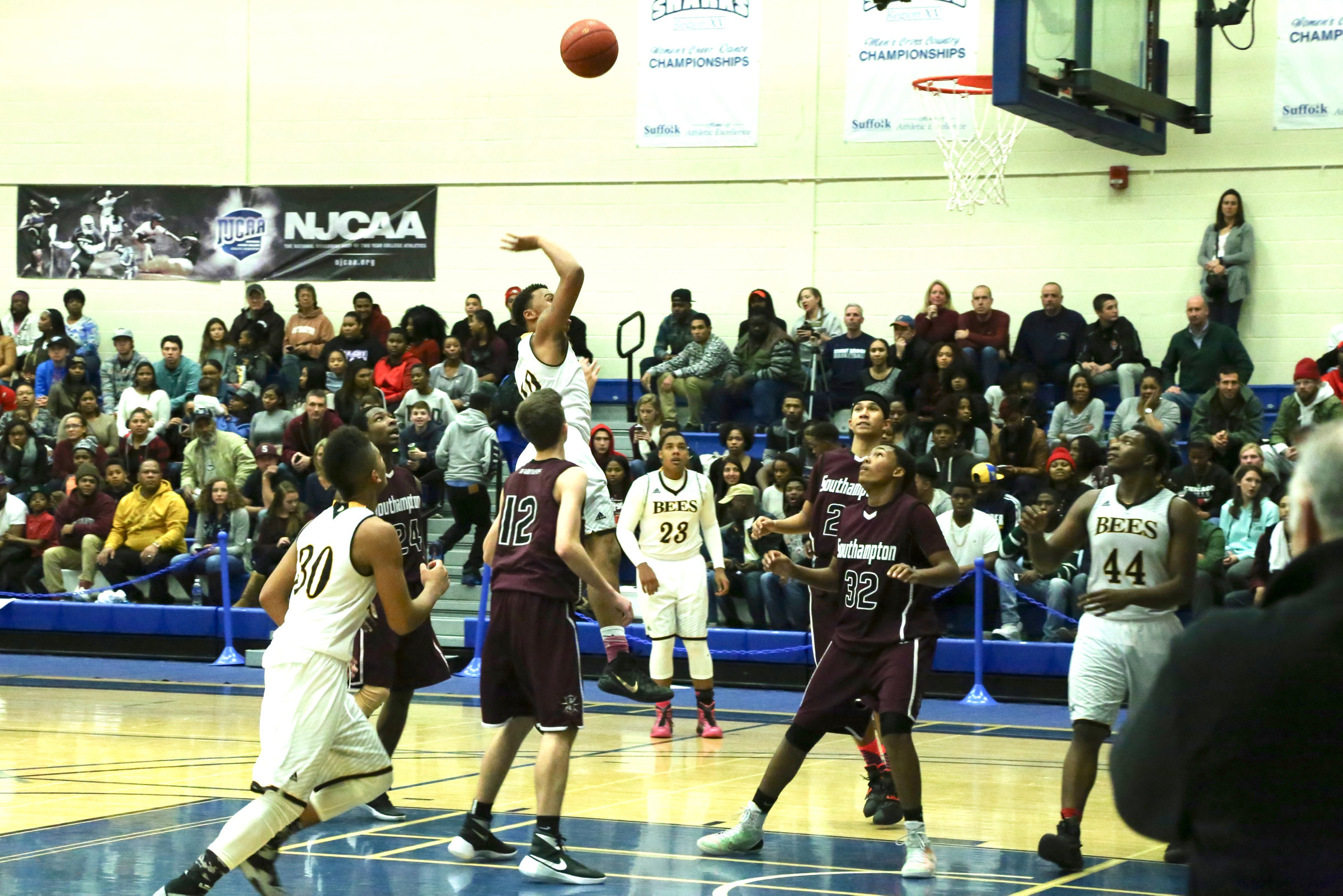

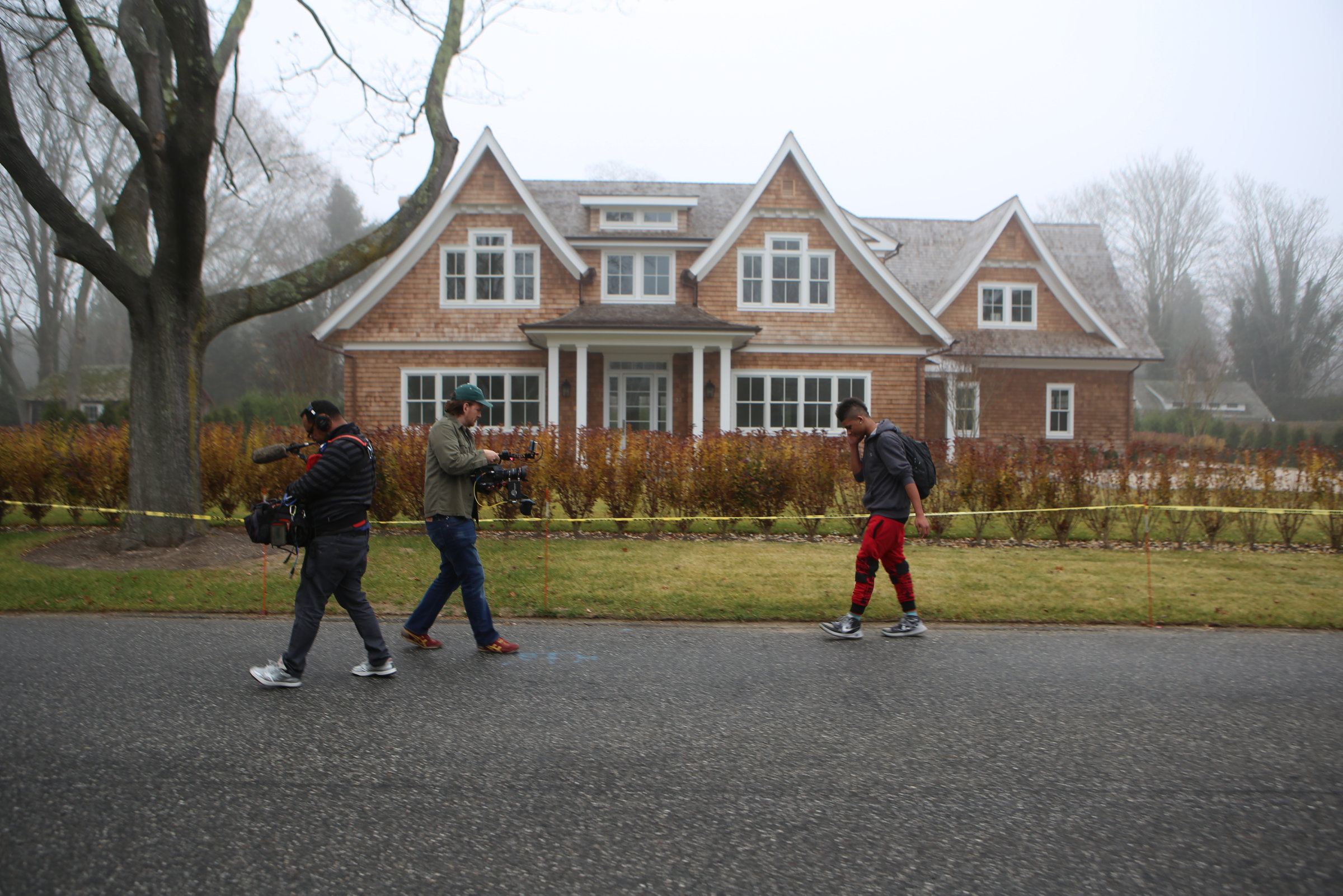

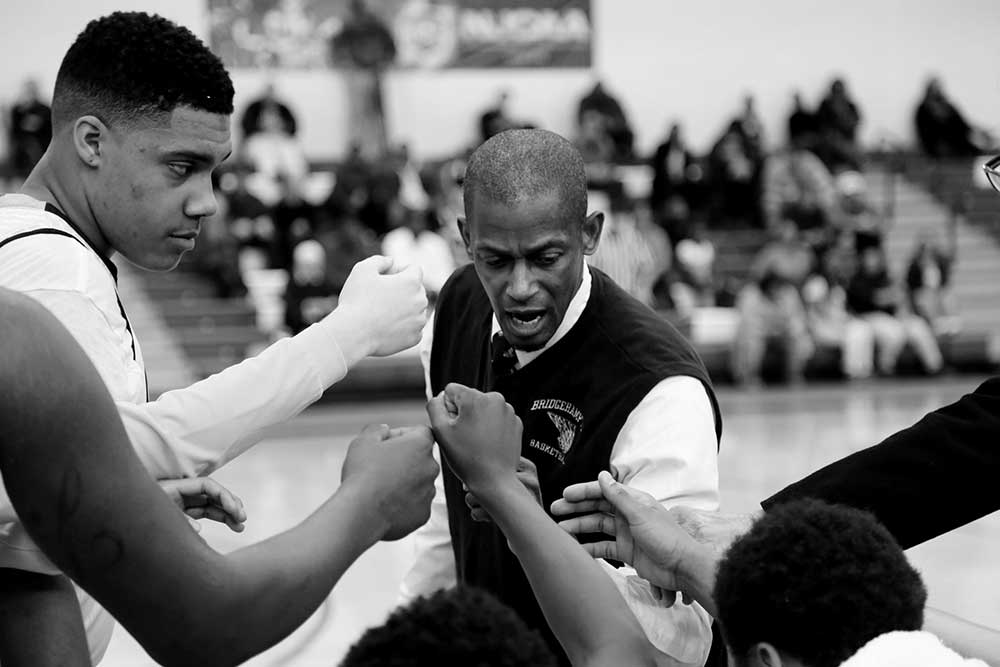
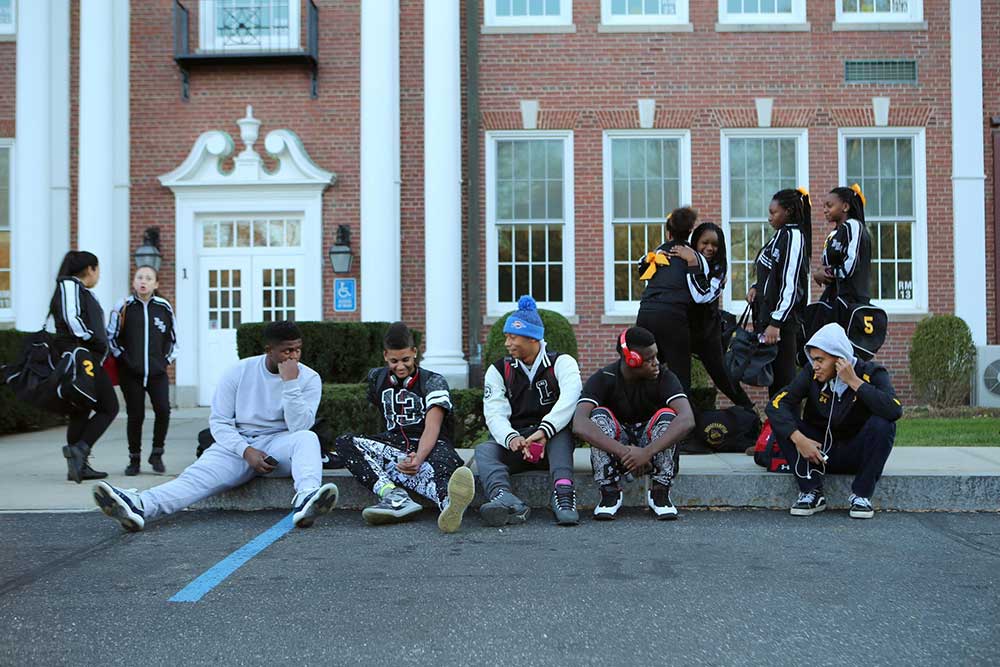



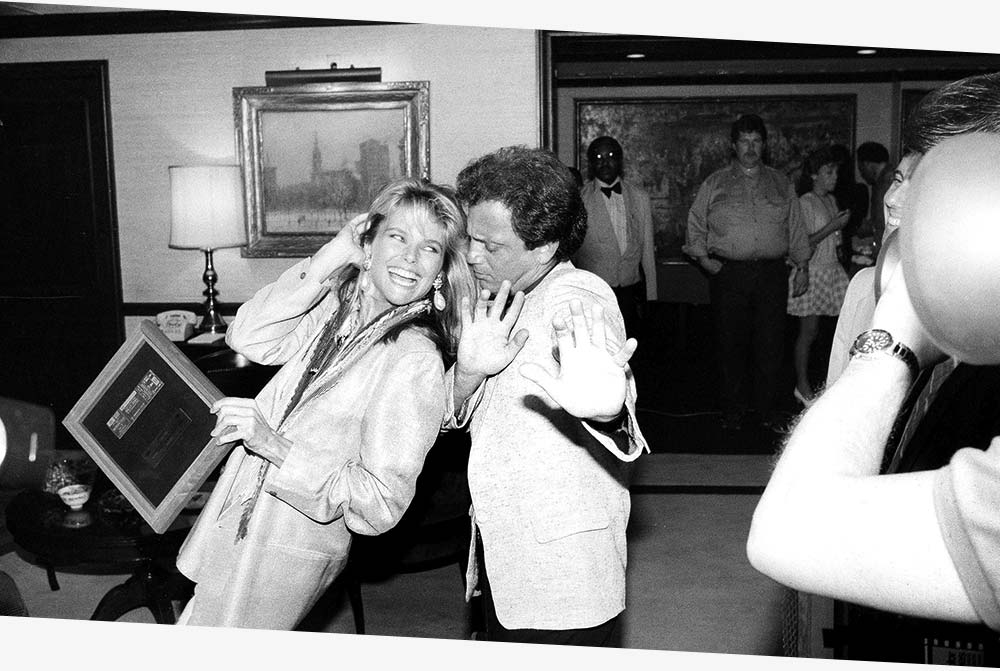
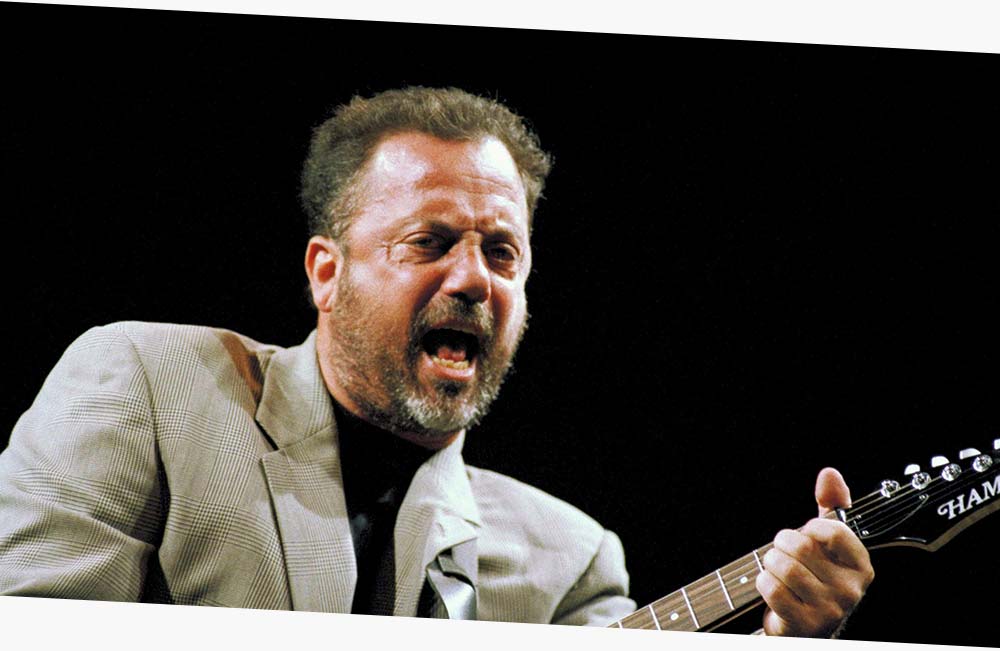
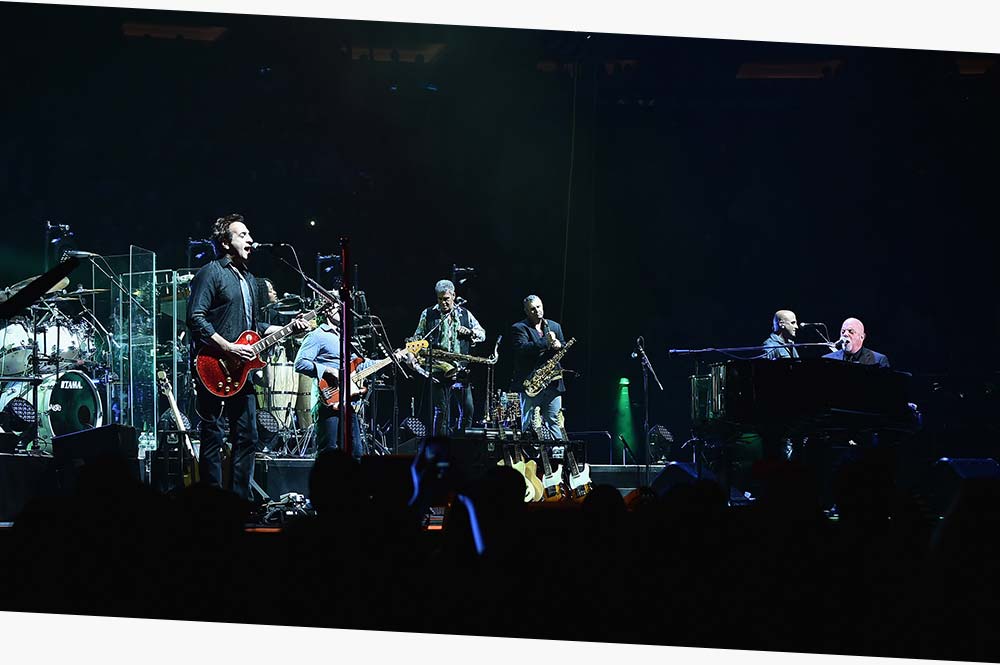
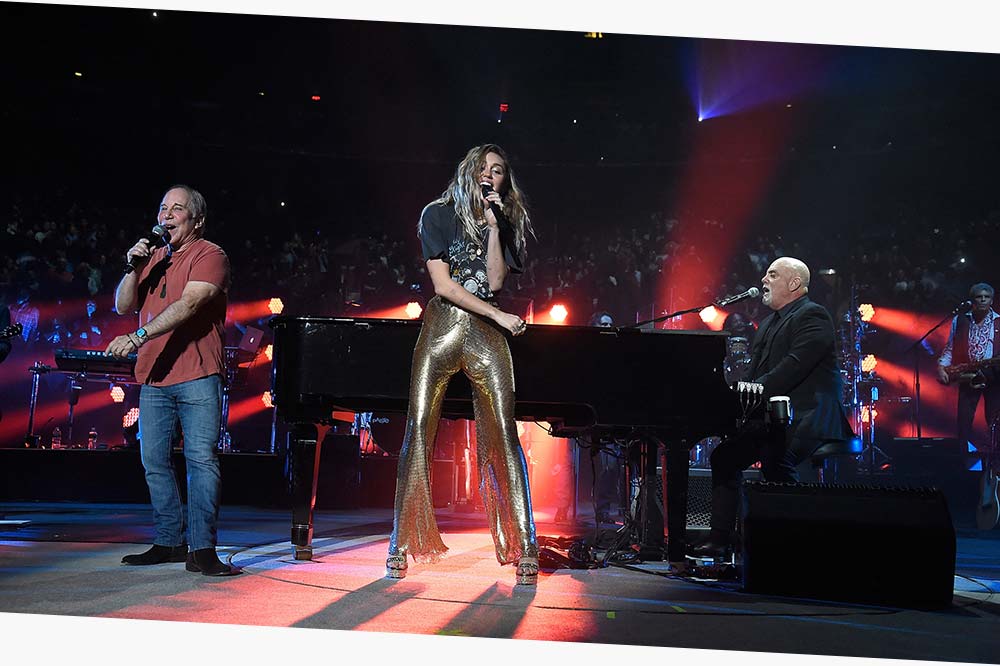


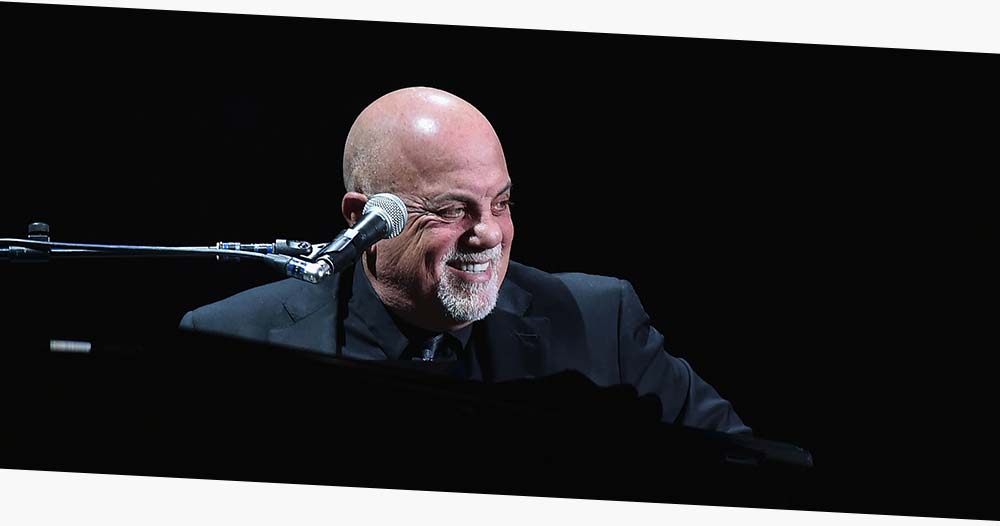
 Michael “Eppy” Epstein built his career by seeing potential where others didn’t.
Michael “Eppy” Epstein built his career by seeing potential where others didn’t. he luxury and grandeur of the Gold Coast befit a royal — say, Meghan Markle. The American-born actress — this year’s most-buzzed-about bride-to-be — will exchange vows with Prince Harry on May 19 at St. George’s Chapel at Windsor Castle.
he luxury and grandeur of the Gold Coast befit a royal — say, Meghan Markle. The American-born actress — this year’s most-buzzed-about bride-to-be — will exchange vows with Prince Harry on May 19 at St. George’s Chapel at Windsor Castle.

















 Benji:
Benji:
 Esther:
Esther:
